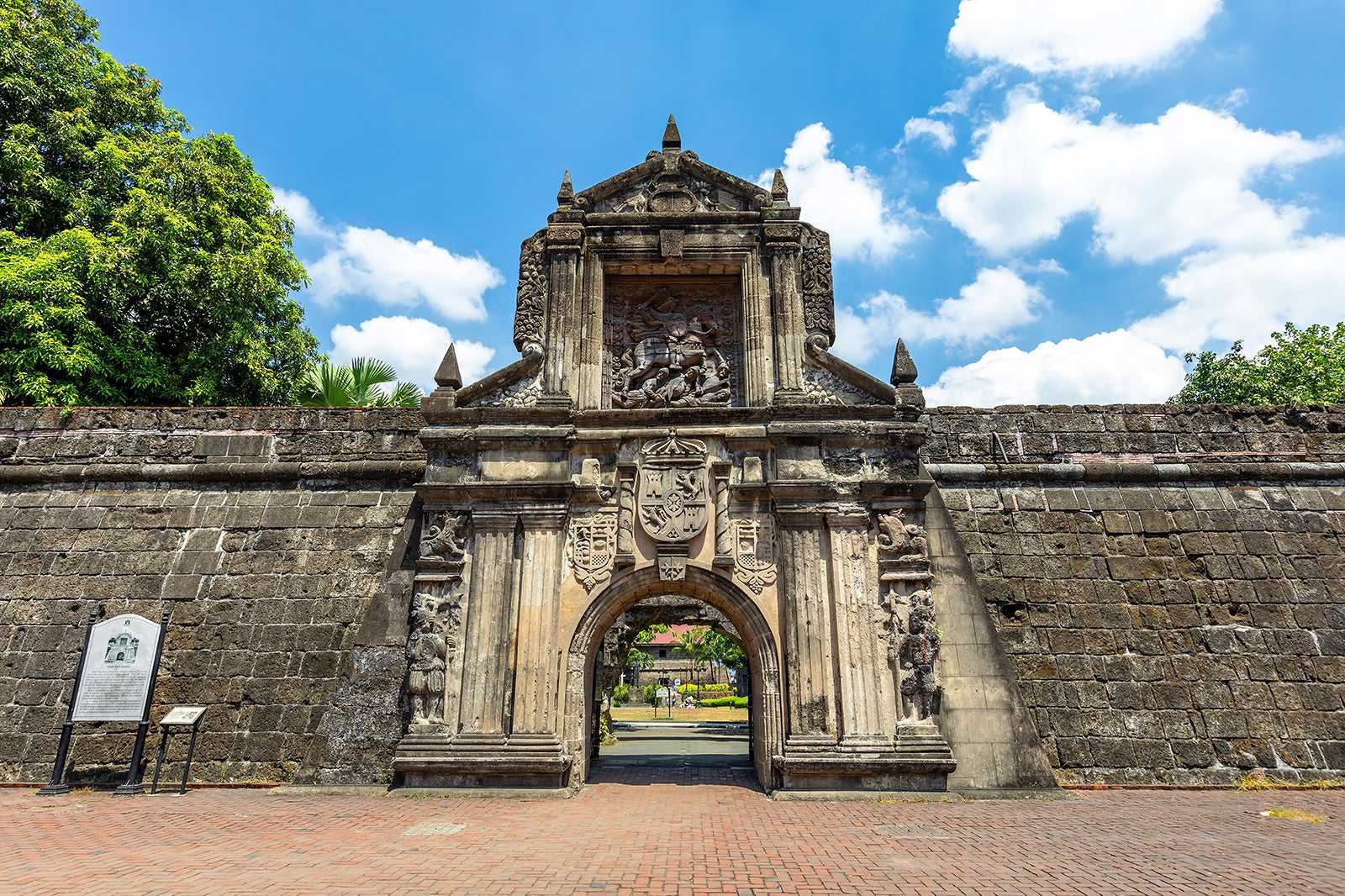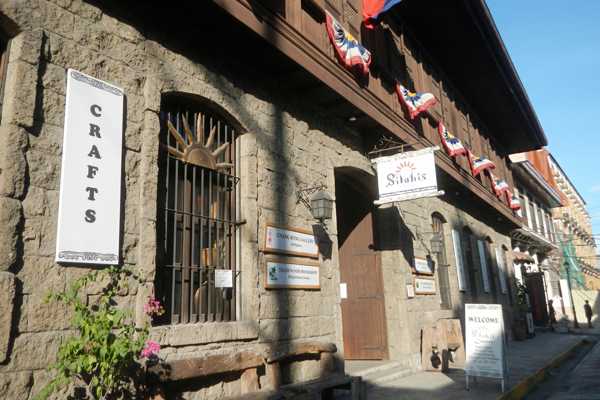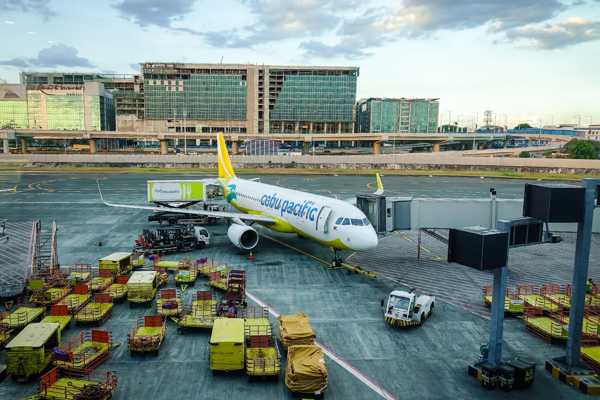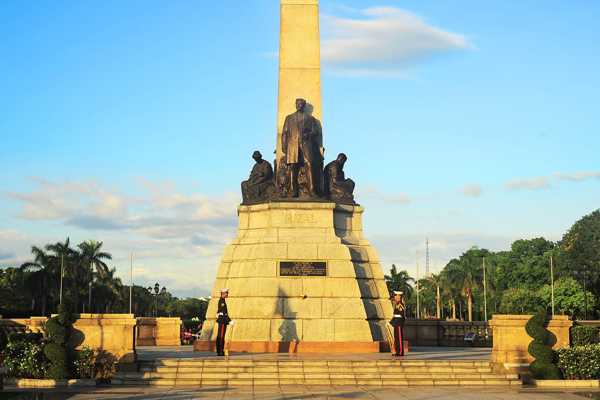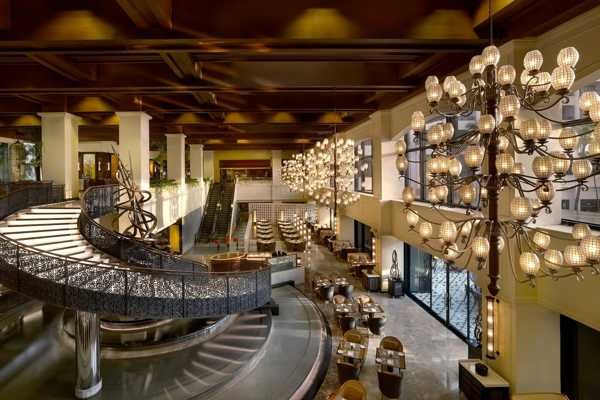Intramuros, or the ‘Walled City’, is one of the oldest districts of Manila, built on the south bank of the Pasig River around 1571. It was built by the Spaniards – more specifically by Miguel Lopez de Legaspi – and is bound on all sides by moats and thick, high walls, with some over 6 metres high.
While the district was originally home to an Indianized-Malayan-Islamic settlement, it became the centre of religious, political and military power in the 16th century, when the country was under the control of Spain. Only the elite Spaniards and Mestizos were allowed accommodation in Intramuros. That's obviously not the case now, but the historic buildings and features remain as testament to the Philippines' challenging past.
Manila Intramuros - one of the highlights of 16 Best Things to Do in Manila (Read all about Manila here)
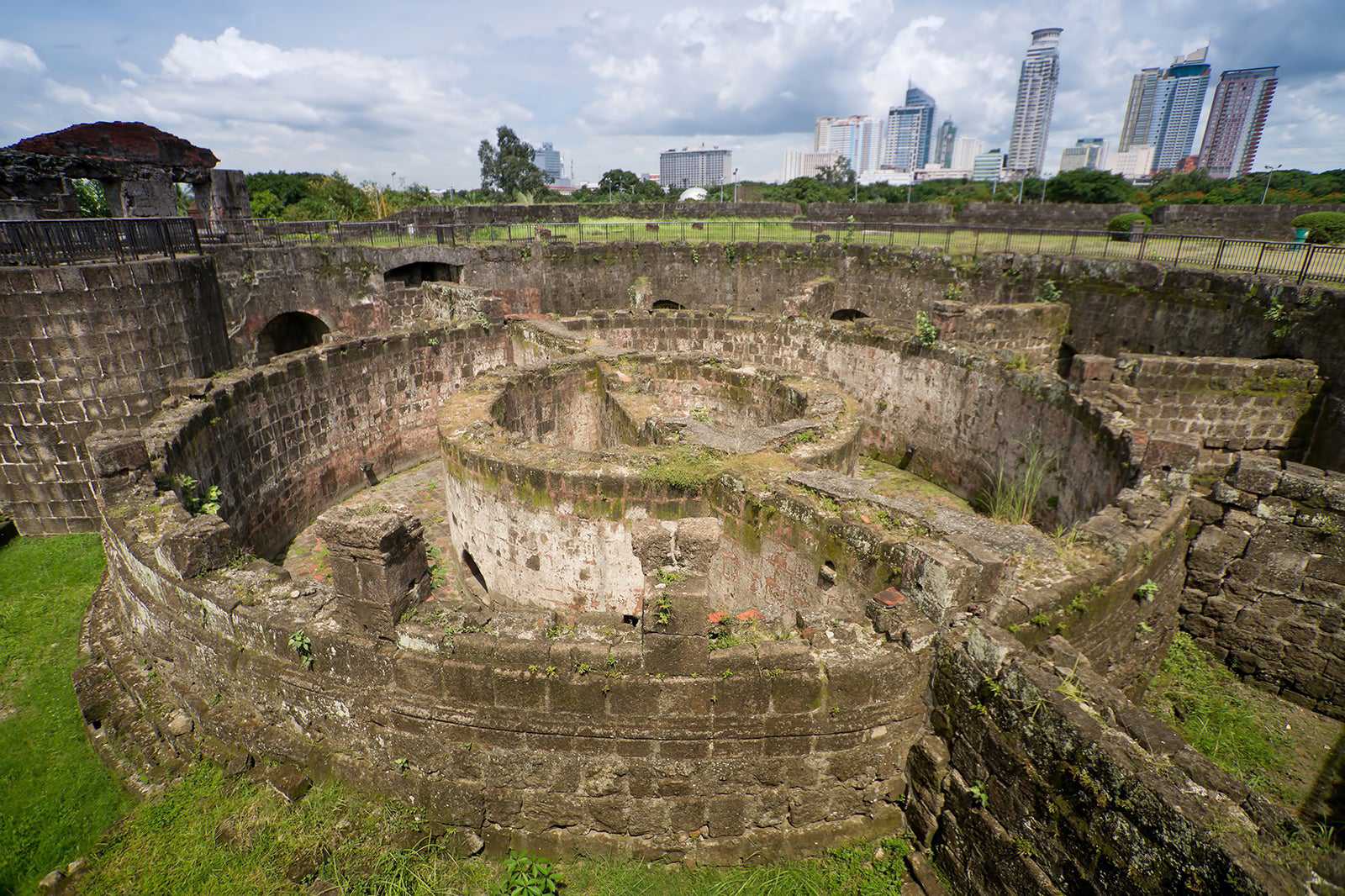
The history of Intramuros
Within the vast walled enclosure of Intramuros lie 51 blocks, covering a total area of about 66 hectares. There are 7 fortified gateways around the walls, granting access in or out of the city. The moat was actually added to the main structure in 1603, 32 years after the city was built. The district contains many hospitals, military barracks, domestic accommodations, schools, 12 churches, and the Governor’s Palace.
Thanks to its massiveness and the well-planned strategic infrastructure, Intramuros defied and repelled numerous attacks throughout history. The Dutch, the Portuguese and the Chinese all failed in their attempts to penetrate the fortress city.
During World War II, Intramuros was used as a garrison and prison facility by the Japanese, but Allied bombings resulted in it, and other parts of Manila, being severely damaged and destroyed. At the end of the war, the US took charge of the city and filled in the moat to prevent disease. A golf course has now been built in the place where the moat once existed.
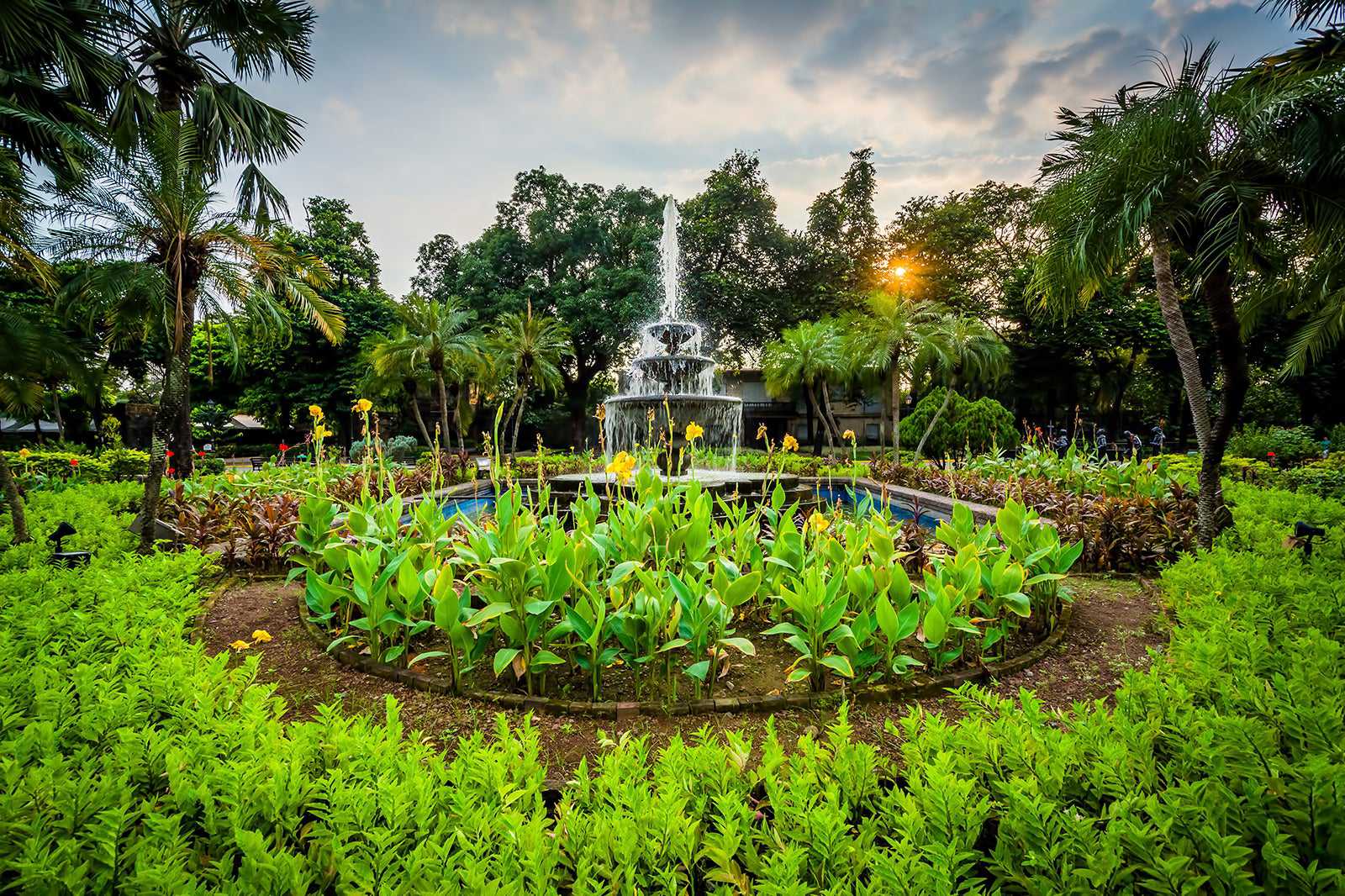
Highlights of Intramuros
Today, this is the only district in Manila that has been successful in keeping its old Spanish-era look. The old walls still defend the district, keeping its churches and streets untouched by the winds of modernisation. The star attractions still include San Agustin Church & Museum, Fort Santiago, Manila Cathedral, Casa Manila Museum and the Rizal Shrine.
What deserves special mention is how the Tourist Authority has been successful in maintaining a piece of history that otherwise would have been lost forever. The transformation of Intramuros into one of the Philippines’ most visited tourist destination has been remarkable, as you can now get a glimpse of the glory as well as sad past associated with this place, although the cobbled streets of Intramuros now house various modern cafés.

foto door Ray in Manila (CC BY 2.0) bewerkt
Manila Intramuros
Locatie: Intramuros, Manila, 1002 Metro Manila, Philippines
